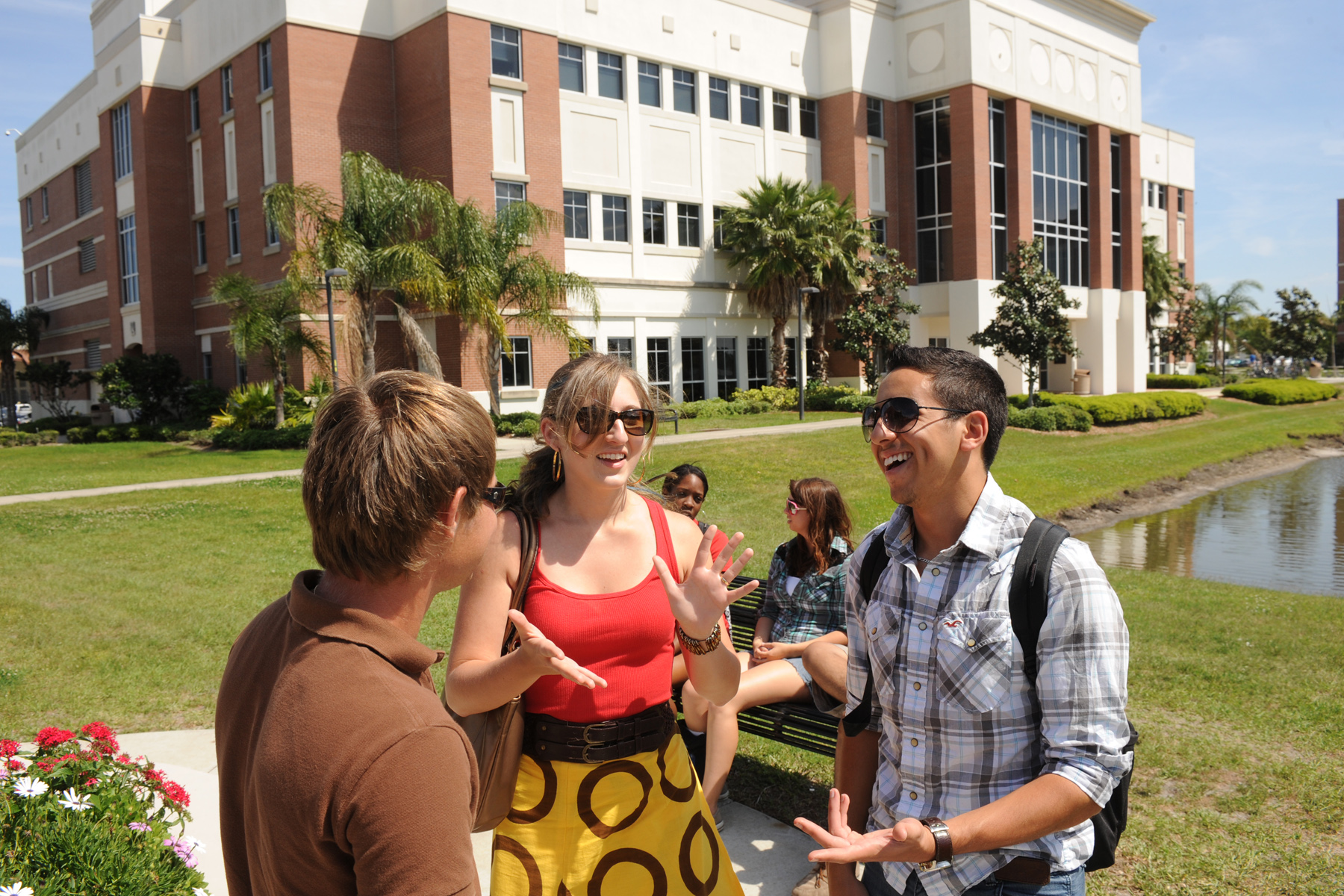On Diversity
Florida Institute of Technology has consistently been among the most highly ranked institutes for international diversity. As an international student myself, I greatly appreciate the broad spectrum of cultural and linguistic diversity that I get to experience here. All through kindergarten and school, one of the only things that differed among my friends and I was our postal code, sometimes our birthplace or native language. As I grew, I began venturing further away from my home, meeting people with different life experiences than my own, who thought differently, spoke a different dialect or sometimes, a different language entirely. However, all this was still nothing compared to the diversity I was to experience here at Florida Tech. I’d heard those dialects before, I was aware that those languages existed, I could decipher a few words here and there as they basically stemmed from similar primitive languages.

Here, I have friends from countries I had only known as shapes on a map, sometimes, not even that. I learned about languages I had never known existed. I distinctly remember a picture book I had when I was tiny. One of its pages talked about countries of the world, and had pictures of children, about 8 or 9 years old, holding a map of their respective countries, wearing their traditional attire; the captions underneath had more information, like the national language of that country. Coming here made me rethink those stereotypes; the information in the book wasn’t wrong, it was simply insufficient. We are unable to depict the ‘pulse’of a people belonging to a region through pictures and demographics alone. Most often, rather than give a general glimpse or overview of the region, it imprints stereotypes in our minds. We start labeling individuals based on their passports, their languages, their appearance.
Truth is, none of us are truly, completely, exactly what our stereotype defines us to be. These stereotypes arise out of averaging traits and qualities over hundreds of thousands of individuals. No one person could ever fit that exact mold. And it’s time we stopped taking them literally. Let me share an anecdote: last semester, I attended the Diwali dinner organized by the Indian Students’ Association – Sanskriti. Some people, including some whom I’d been seeing around campus for almost a year by then, were surprised to find out I was Indian! A perfect example of how we all still rely on stereotypes-names, appearances, accents and attire-to guess where people come from.
I have had the privilege of befriending wonderful people from so many countries and cultures that I don’t even try to count them. Also, there are so many combinations of languages and cultures and more fields of distinction that we have created that it wouldn’t even make sense to categorize them in any manner. The most important lesson I learned is that, these labels we affix on ourselves, are superficial. Once we delve deeper into a person, beyond their names, beyond their nationalities, beyond their religions and beyond their ethnicity, we discover that, underneath, we are all the same.
Different people can remind me, in different ways, of one person I have known, or the same person could share similarities with multiple people I have met. One of my friends excitedly told me how they loved reading a book that I had loved too. Another one’s eyes lit up while describing their favorite dessert. What constitute the differences among us are our interests and our personalities-while some of us live and breathe in love with Disney characters, some of us can bang out an entire term paper in five hours, some crave to spend time at the beach every minute of their spare time. We’re all essentially the same, there’s only numerous ‘divergences’. So, next time you meet someone new, instead of asking them where they come from, ask them who their favorite superhero is, or which is the last book they have read; you’ll get to know the person.





